How does pheromone work between insects?
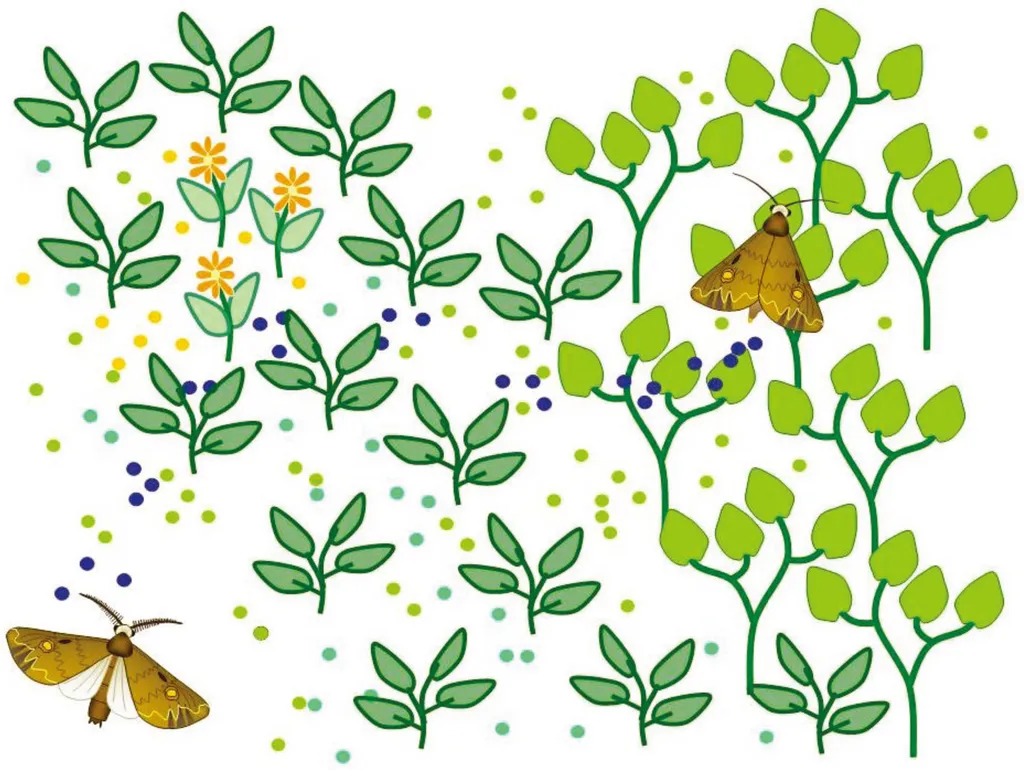
By Leo Yuan
For silkworm family moths-
Males are noted to travel nearly 30 miles to a female, following a pheromone trail in the air. Male moths are estimated to detect and respond to a few hundred molecules of pheromone in a cubic centimeter of air.

In Honeybee colonies-
The queens secrete a pheromone that is passed among worker castes, and this secretion coordinates nearly all activities of the workers. A specific pheromone produced by queen honeybee can restrain workers’ ovaries development, so they can’t have children.
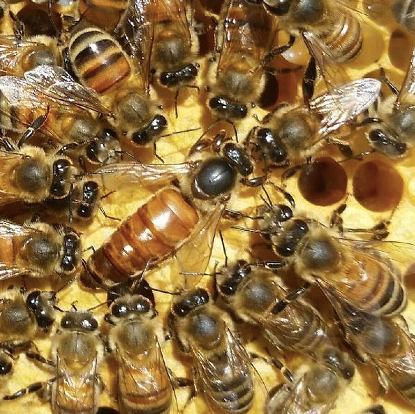
For some tiny parasitic wasps-
They are known to have evolved to recognize and follow the sex-attractant pheromones of the hosts that they parasitize or of the prey that they eat. They can smell the pheromone and find their host or prey to hunt or parasite.

Bolas spiders:
They manufacture and release pheromones that are identical to the sex attractant pheromones of females of certain night-flying moths. Thus, male moths following the pheromone in the air for some distance find a spider waiting for them instead of a female moth.
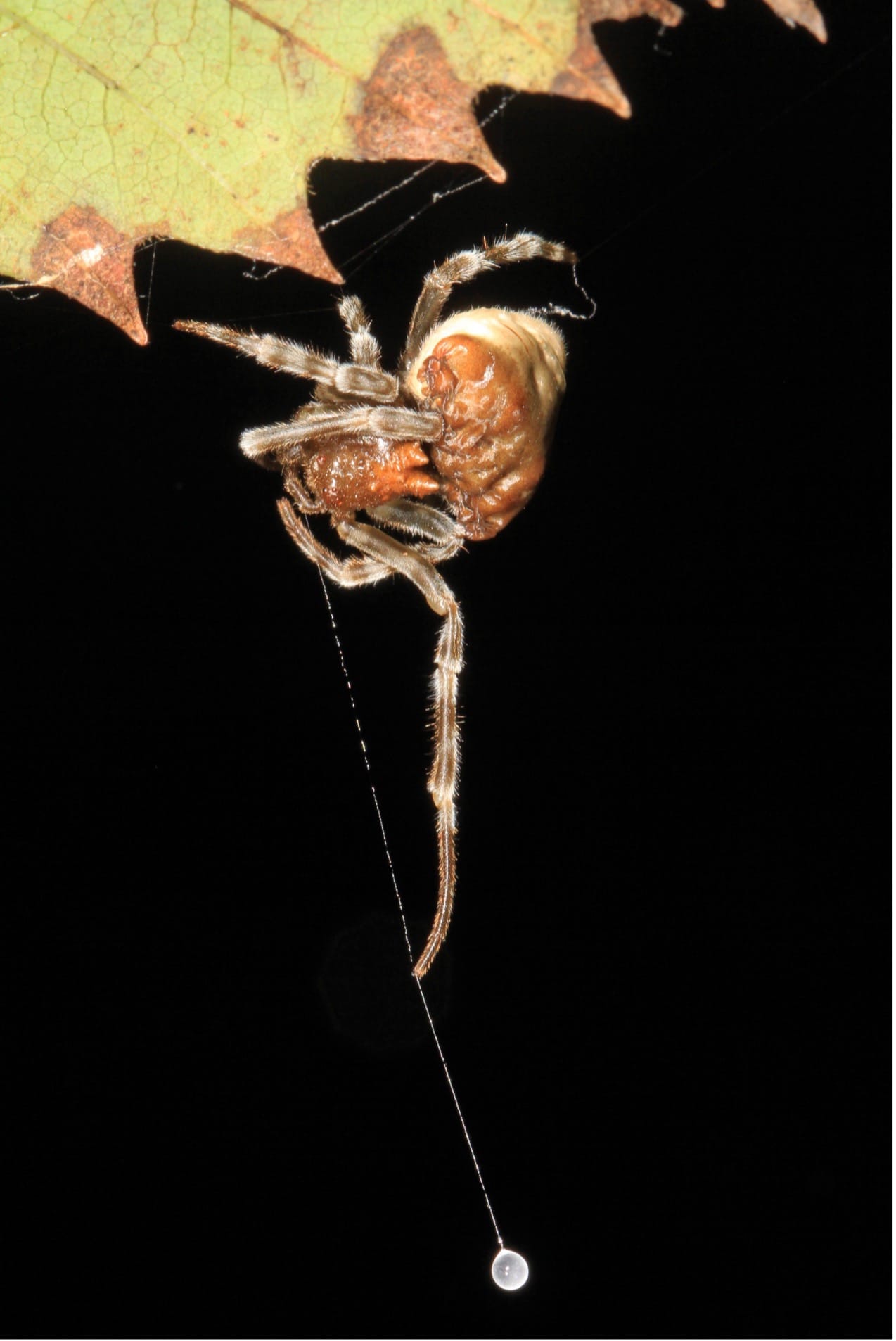
Pheromones are Fatty alcohol:
They were mainly fatty alcohols that were volatile and can be detected by animals’ vomeronasal organs.(or Jacobson's organ)
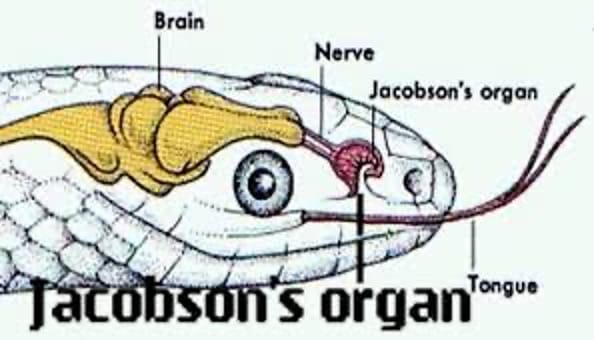
These are the sex pheromones for different insects:
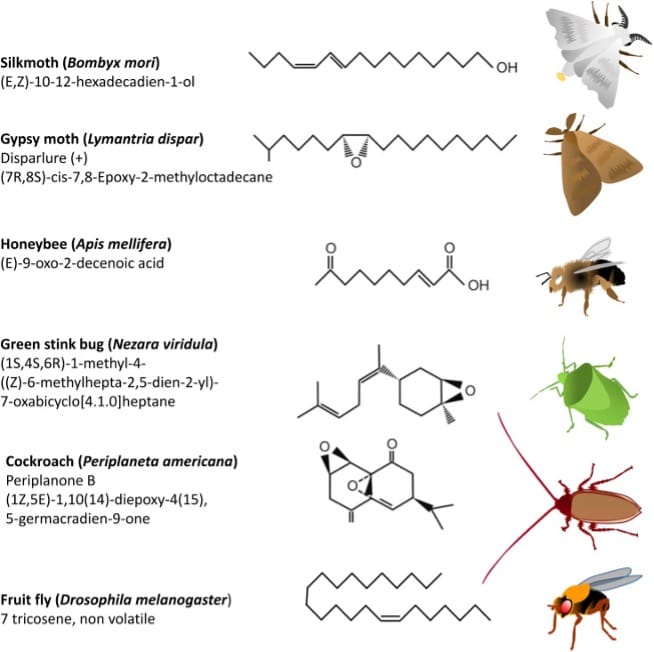
History of insect pheromone:
In 1959, the German biochemist and Nobel Prize winner Adolf Butenandt identified and synthesized the unsaturated fatty alcohol bombycol, the sex pheromone of the silk moth (Bombyx mori), as the first known insect pheromone.
Process of insects using pheromone (For moths as an example):
When a female moth releases her volatile sex pheromone into the night air, it is carried by the wind like an invisible smoke plume from a chimney. The wind shears it into pockets of air with pheromone separated by clean air pockets. When a pocket of air with pheromone hits the antennae of a male searching on the wing, he responds by flying upwind for a fraction of a second. If he hits another pocket of pheromone, he flies upwind again. If he doesn’t hit more pheromone, he flies from side to side until he hits pheromone again.
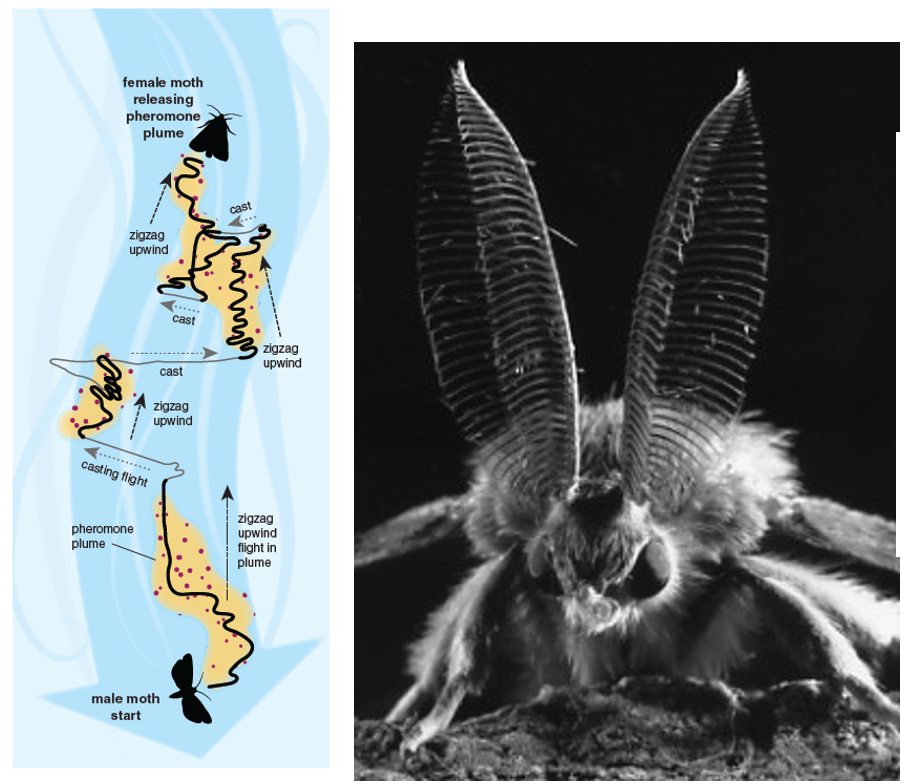
As the male flies upwind he will only respond if the pheromone hitting his antennae contains just the right combination for his species. On his antennae are the olfactory sensory neurons with specialized receptors. Male moths in species with multicomponent pheromones have one receptor specific for each molecule that makes up the pheromone. If all the right molecules are present, in the right ratio, then the right combination of nerve cells and their glomeruli are stimulated, sending a message to the higher brain: "Fly upwind." However, the male moths are also sensitive to distinctive molecules in the pheromone blends of related species. If a male moth detects those, he stops flying upwind to avoid wasting his time pursuing a female from another species.
Usage of insects’ pheromone for humans:(pest control)
The use of pheromones to control phases of the lives of pest species is one method of pest management.
Eg. Beet army-worms are a serious pest in cotton-producing areas of the United States, causing multi-million dollar losses in 1995 in Texas alone. In 1997, researchers reported success in disrupting mating procedures between male and female Beet army-worms by flooding 35-acre cotton field plots with sex attractant pheromones. With such a pervasion of female scent, the males could not find females for more than 100 days.





